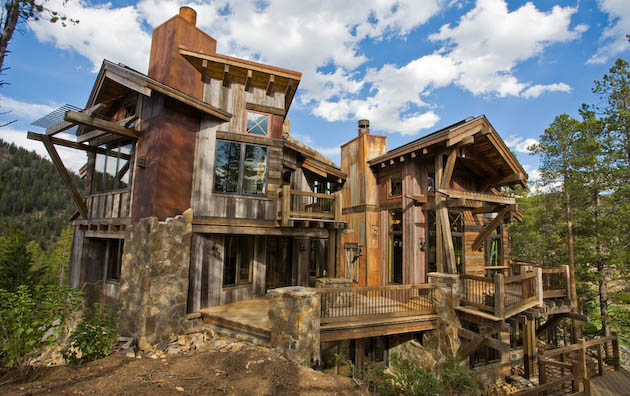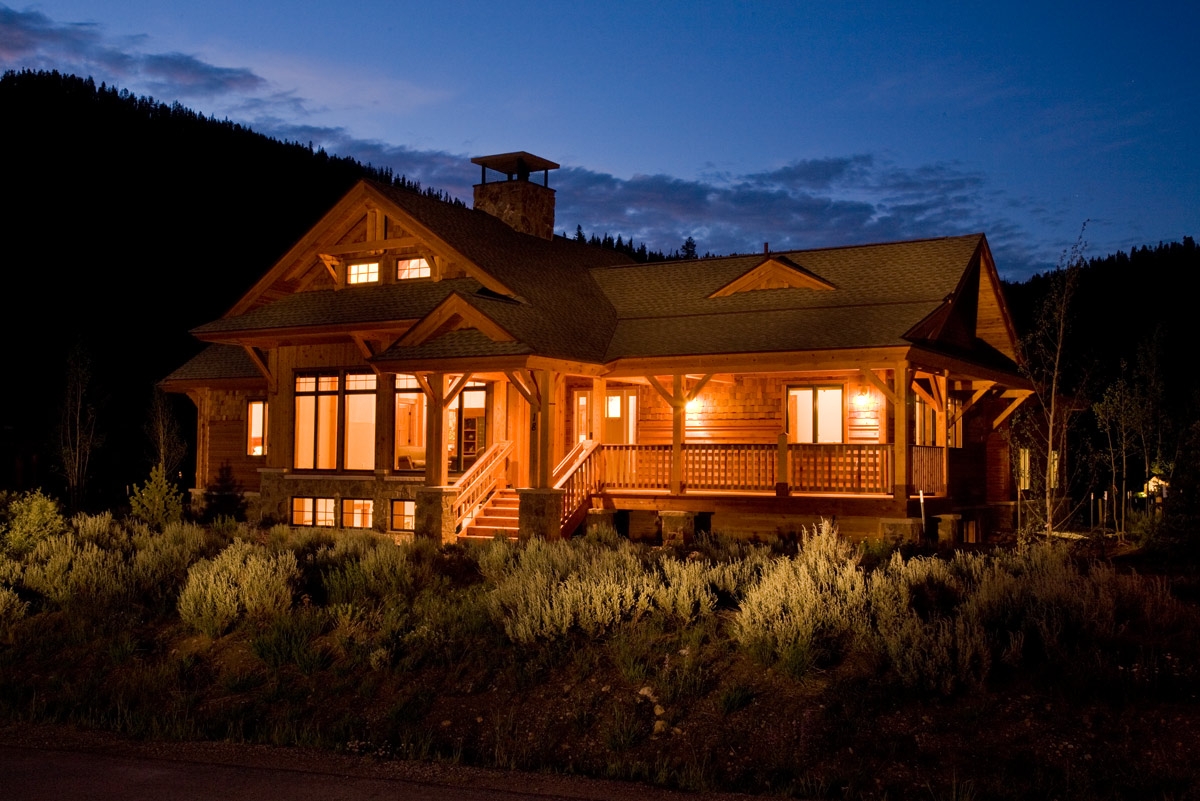1. Nevada: 10.92 sf
2. New Mexico: 6.35 sf
3. New Hampshire: 4.49 sf
4. Oregon: 4.07 sf
5. South Carolina: 3.19 sf
6. Washington: 3.16 sf
7. Illinois: 3.09 sf
8. Arkansas: 2.9 sf
9. Colorado: 2.85 sf
10. Minnesota: 2.77 sf
“Using per capita, versus the more traditional numbers of projects, or pure square footage, is a reminder to all of us that the people who live and work, learn and play in buildings should be what we care about most. 2010 was a difficult year for most of the building industry, but in many areas, the hunger for sustainable development kept the markets moving,” shared Scot Horst, USGBC SVP of LEED.
For the full report click here.












